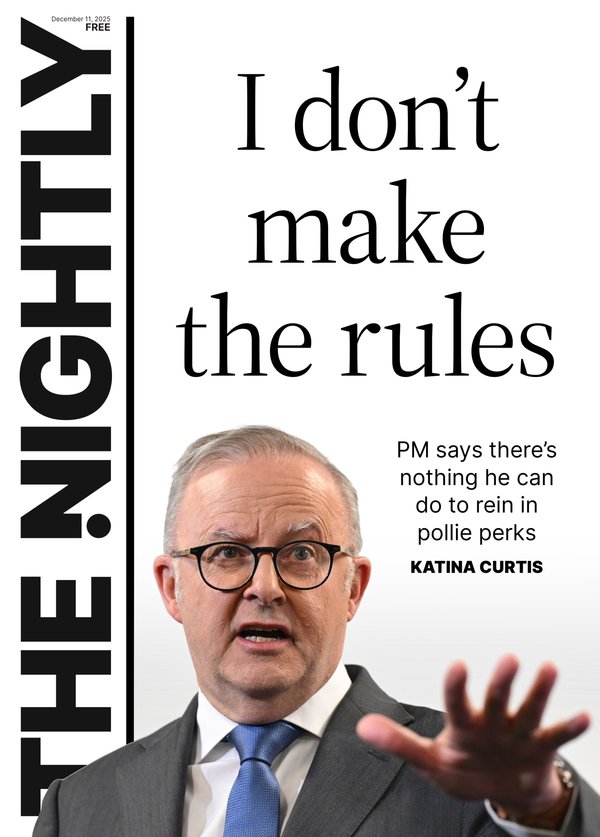What’s Wrong With Las Vegas? Neon graveyard a sign Sin City is down on its luck
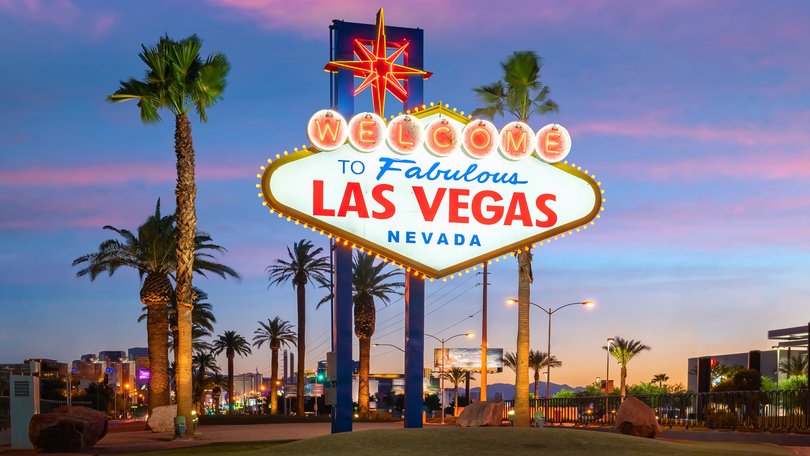
Just north of the Las Vegas Strip lies a graveyard of relics that recalls the boom town’s lofty ambitions.
Dented metal signs, neon bulbs humming, lie in the desert dust, welcoming you to a city as varied as its defunct businesses: the bright pink feathers of the original Flamingo Las Vegas Hotel and Casino; the Red Barn’s crimson cherry in a martini glass, a homage to one of the city’s first gay bars; the dancing “Happy Shirt” of Steiner Cleaners, Liberace’s one-time laundry.
They are reminders of long-closed places in a city that has reinvented itself time and time again.
According to its brochure, the Neon Museum preserved these mementos to celebrate Las Vegas’ “vibrant past, present and future.” But for many, the word that describes the city’s present is not quite “vibrant”.
ROAM. Landing in your inbox weekly.
A digital-first travel magazine. Premium itineraries and adventures, practical information and exclusive offers for the discerning traveller.
By continuing you agree to our Terms and Privacy Policy.Mark Rumpler, 66, an Elvis impersonator for almost two decades, had a different word: “Rough.”
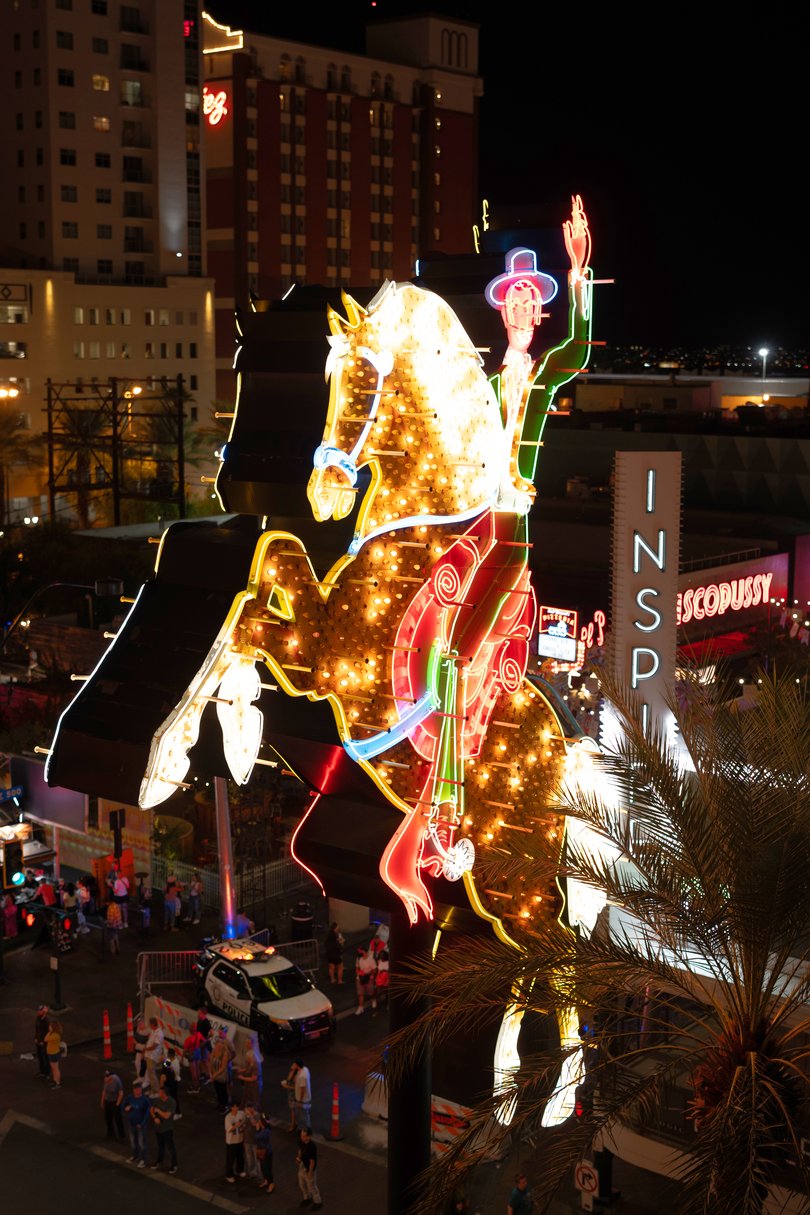
“It was a turbulent summer,” said Sean McBurney, the chief commercial officer of Caesars Entertainment, which operates multiple Strip casinos and resorts, including Caesars Palace.
Aaron Berger, the Neon Museum’s executive director, said that Vegas’ growing pains aren’t new. He noted that Las Vegas began as a railroad town in 1905, becoming the link between Los Angeles and Salt Lake City during the Gold Rush, before it turned to gambling and hospitality, opening its first themed resort on the Strip in 1941. The city pivoted to entertainment, then fine dining in the 1990s, before becoming what it is now: a sports mecca, home to the NHL’s Golden Knights beginning in 2017, followed by the WNBA’s Aces in 2018, the NFL’s Raiders in 2020 and now getting ready for the arrival of MLB’s A’s in 2028.
Throughout those many versions, Las Vegas had largely endured as an affordable destination, with reasonable hotels and all-you-can-eat buffets. But in its latest iteration, the city is in the midst of a tourism downturn, with an 11 per cent decline in visitor volume since last year, according to the Las Vegas Convention and Visitors Authority.
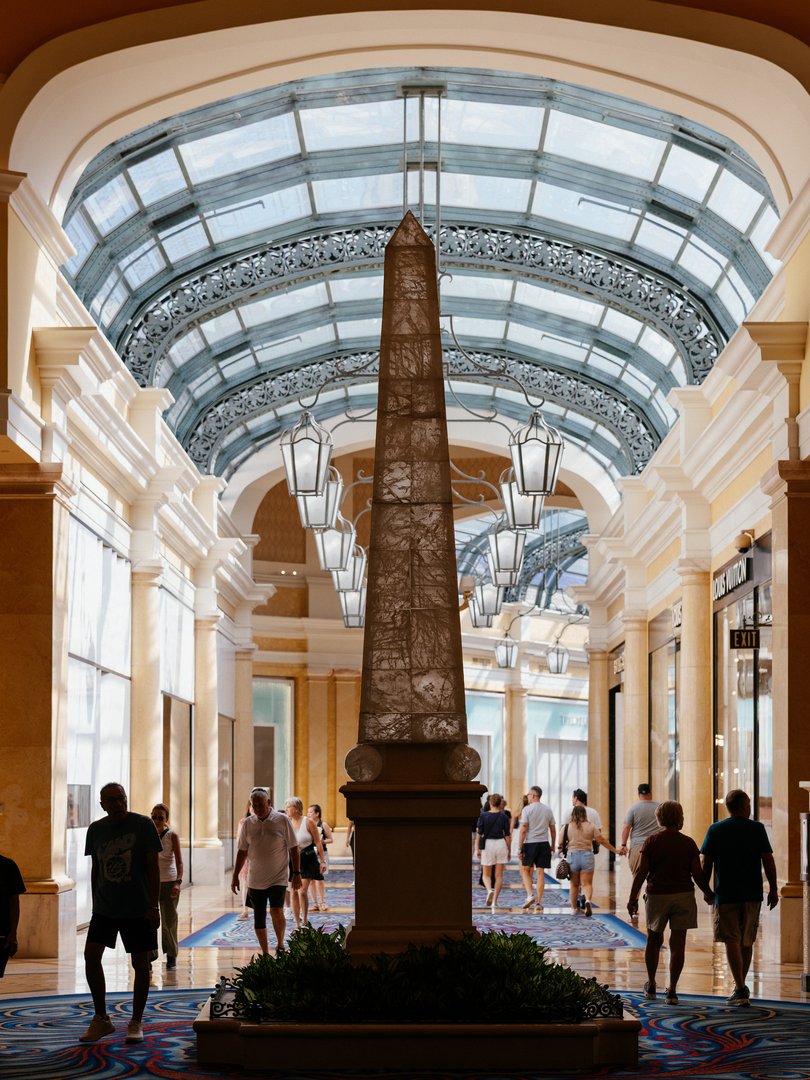
The August release of those numbers sparked panic and pushback, not just in Las Vegas, but across the country, as other cities braced for similar hits. Decreased consumer confidence, a Canadian travel boycott and the fallout from tariffs have contributed to declines in international tourism in places like San Francisco and New York.
“The success of the economy here in Vegas is very dependent on the business cycle for the US economy,” said Andrew Woods, the director of the Centre for Business and Economic Research at the University of Nevada, Las Vegas. “We tend to be a signal, or sometimes ahead of the curve, of wherever the US economy is headed, whether that’s growing or slowing.”
While the visitor drop is significant, the visible difference is subtle. On a recent evening, the Omnia nightclub was crowded, but there were no lines at the door. Visitors gathered over white tablecloths at celebrity chef-branded restaurants, but there were fewer tourists in the food courts. Gondoliers serenaded their passengers, but many boats floated empty. People milled around casinos, but while slot machines were popular, card tables were half occupied.
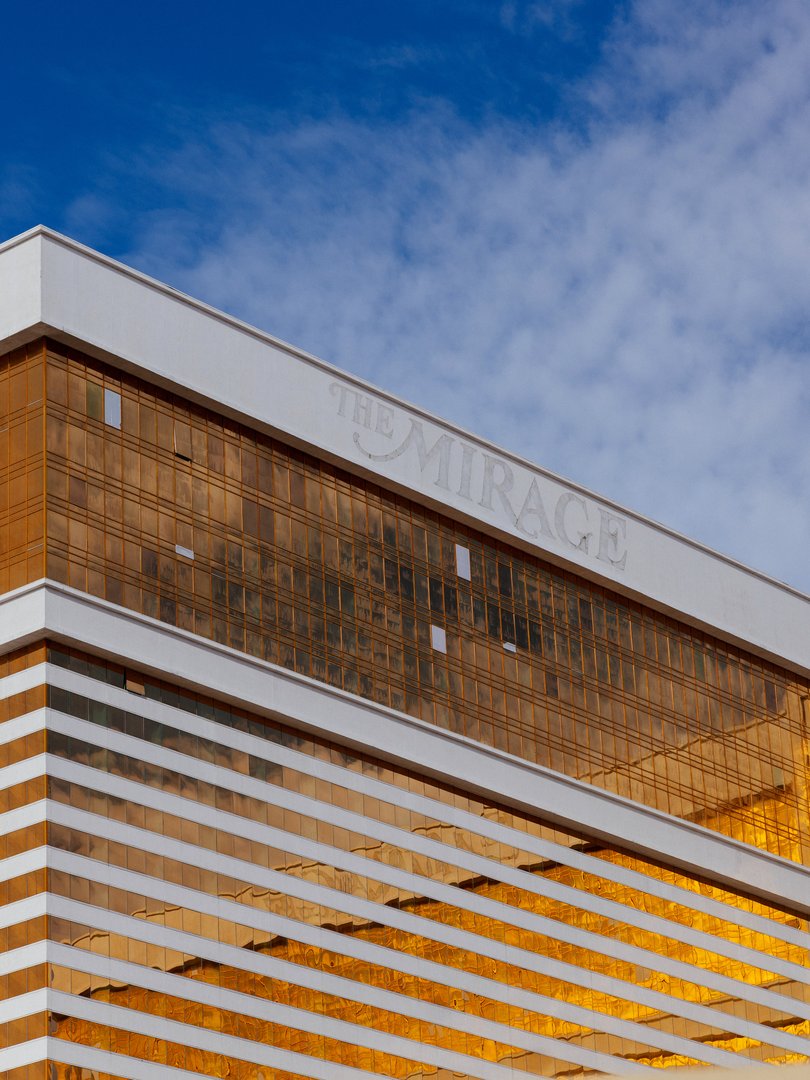
Las Vegas might be far from a ghost town, but it is not the city that local businesses usually count on to make money.
“There definitely are less people,” said Lane Olson, 61, the manager of the downtown cafe PublicUs, which relies heavily on tourists. While there was a brief brunch rush, the cafe was sparsely populated at lunch. “At this time it would be full in here and there would be a line,” he said.
The cafe had raised prices once in its 10-year history, said Olson, in response to the recent skyrocketing price of eggs, and he was reluctant to raise them again, but conceded that “eventually we will have to make adjustments if it continues this way”.
Enjoying eggs at a table nearby was the Stüttgen family, from Germany. Thomas Stüttgen, 43, said that he had spent $US100 ($154) on a breakfast that would likely cost him $US30 in Germany; he found Los Angeles and San Francisco to be similarly expensive.
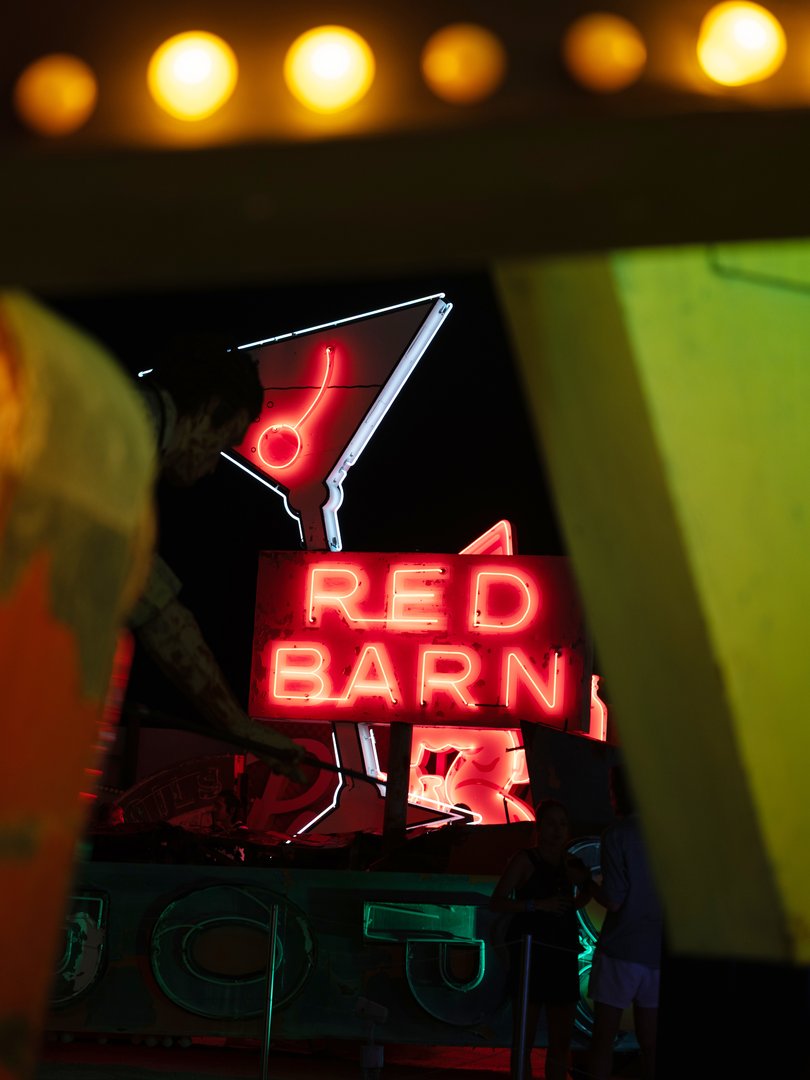
Geopolitics had not deterred his wife Tina, 42, and daughters Lara, 12, and Alina, 16, who were staying at the Paris Las Vegas Hotel on the Strip, from visiting. “We came to see a bit of a little strange city,” Thomas Stüttgen said.
Another German tourist, Dominik Schlorff, 26, said that there were so many Germans at his hotel that “everyone is speaking German”. While he and his girlfriend, Jasmin Delau, 26, were aware of international reticence to visit the United States, he said they didn’t hesitate.
But Doreen Delie, 24, and Lydia Tolis, 23, Swiss visitors who stopped in Las Vegas while touring national parks, thought twice before flying to the United States. “We thought about it, just about crossing the border, like if we could get in or not,” Delie said. “We wanted to see the scenery and not worry about politics.”
The Canadian Problem
It is a different case for Canadians.
Last year, of Las Vegas’ roughly five million international visitors, 1.4 million were Canadian, making Canada the largest source of international visitation, according to the Convention and Visitors Authority.
As of June, according to the International Trade Administration, part of the Commerce Department, arrivals from Canada had decreased by almost 18 per cent, spurred by clashes between the Trump administration and the Canadian Government.
If that number drops to 20 per cent, said the Convention and Visitors Authority, there will have been 280,000 fewer visitors overall than last year.
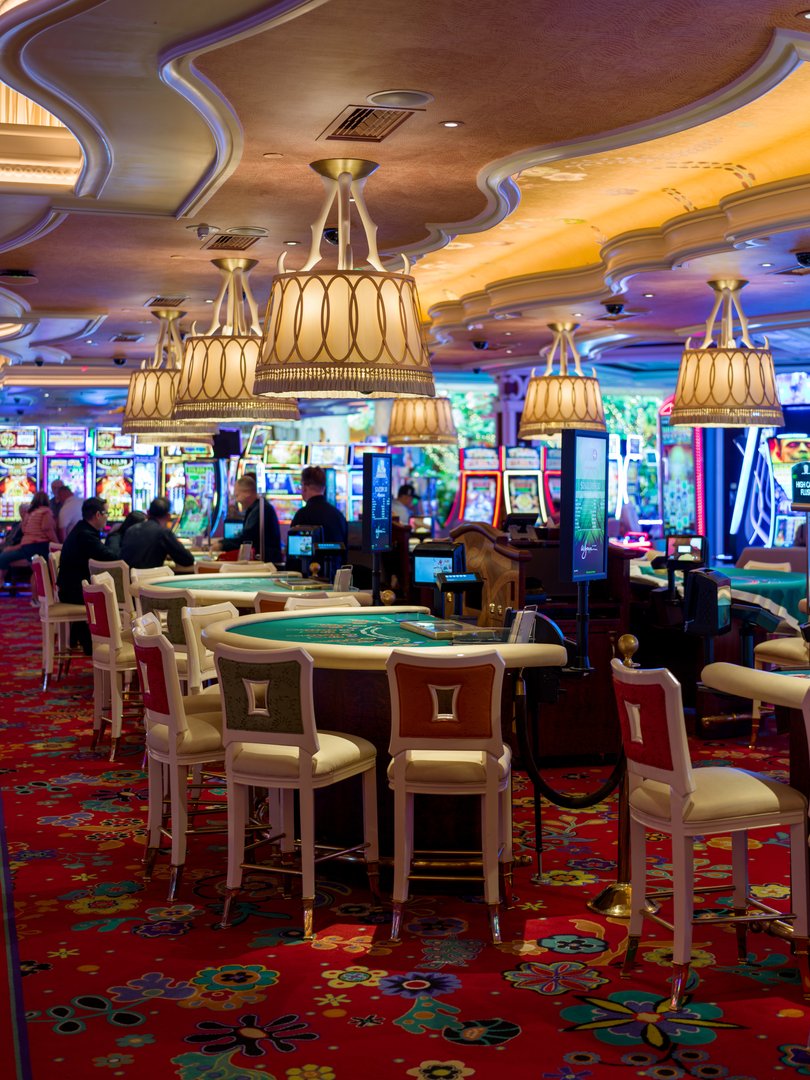
Rumpler, the Elvis impersonator, who performs weddings in addition to his regular photo shoots, said that his business was down. Adding insult to injury, he added, was European and Asian visitors’ unfamiliarity with tipping culture, which made the downturn even harder.
Concerned by the slump, Steve Hill, the CEO of the Convention and Visitors Authority, visited Canada in August to appeal to the Canadian travel industry.
“Everybody involved in that conversation realises that Canada is not just a friend, it’s almost our family,” Hill told a tourism board meeting in September. He added that he had a similar trip planned to Hong Kong.
In the meantime, the authority has launched a new ad campaign, “Welcome to Fabulous Las Vegas”, an attempt to recapture the magic of the ultra successful “What Happens Here, Stays Here” slogan from the early 2000s.
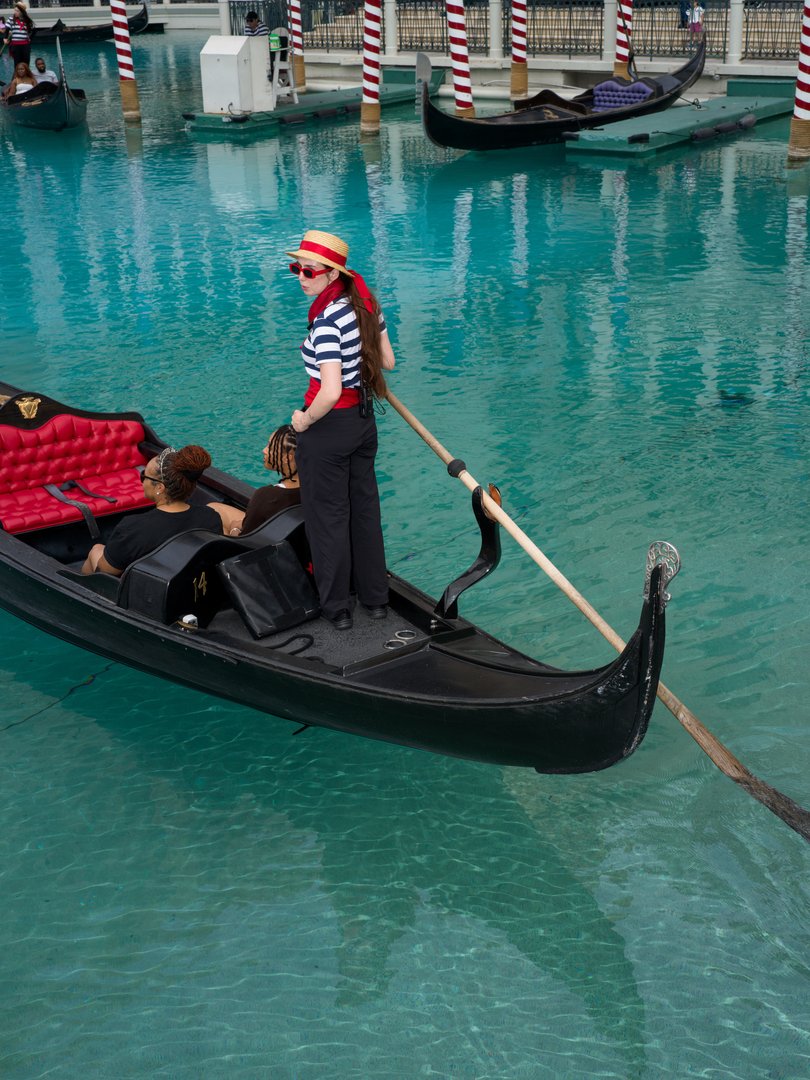
The campaign’s opening ad underscored affordable areas — places with $US15.99 prime rib, for example, on Fremont Street, the neon-lit shopping street filled with street performers.
Affordable options are important, said Woods, the UNLV professor, because of economic uncertainty, which has led to a decline in domestic visitors.
The performers on Fremont Street languish in the heat, with only a thin crowd to entertain.
“Compared with last year, it’s so slow it’s dying,” said Fernanda Orozco, 58, the floor manager of the Viva Vegas souvenir shop on Fremont Street. In the past, she said, Saturdays would yield $US21,000 in sales; this summer the number was closer to $US3000.
‘Struggling With a Vision’
The last time Las Vegas was this slow was during the pandemic, when industry essentially ground to a halt in a city built on non-essential pastimes: partying, gambling and glitzy shows.
By mid-2021, the city was back with a vengeance. Demand for pool reservations, college basketball tickets and hotel bookings surged as travel rebounded. Prices rose. In August 2019, the average daily room rate was $US120.96. This year, it was $US162.38. But rates go much higher. The Venetian, for example, offers rooms as high as $US1112 — and that’s before resort fees.
The surge in revenge travel, said Woods, led the resorts to raise prices because of increased demand.
Now, those soaring prices include everything from parking to bottled water. Resort fees — typically about $US50 per night on top of room rates and taxes — and the price of events at the Sphere, which opened in 2023, (movie tickets to The Wizard of Oz cost $US109 to $US349) and Allegiant Stadium (a ticket to the Las Vegas Raiders game last month was at least $US297), have sparked an outcry that Las Vegas is too expensive.
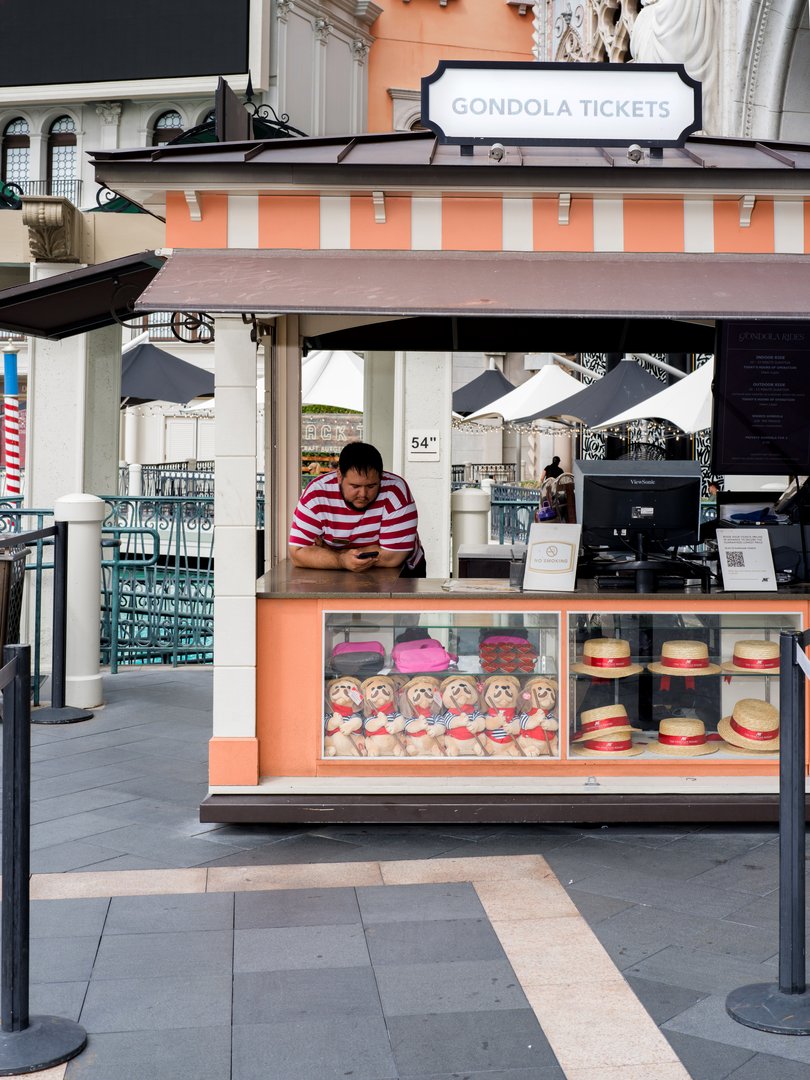
“Las Vegas is struggling with a vision,” said Guy Martin, the president of Martin-Harris Construction, the city’s largest general contractor. But he pushed back against critics of rising prices, noting that the Sphere and Allegiant Stadium each cost about $US2 billion to build.
“It’s math, not greed,” said Martin.
As a lifelong Vegas resident, he said he supported resort fees because they — not his taxes — paid for the upkeep of the Strip, a place he rarely frequents.
McBurney, of Caesars Palace, acknowledged that hotels may have responded to the post-COVID boom too enthusiastically. Many operators had upgraded amenities, leading to higher prices. Before the pandemic, he said, Caesars offered $US29 buffets. Now, there’s a $US90 Bacchanal Buffet with higher quality food and service.
“There’s no question,” McBurney said, that in some cases, “we got too aggressive.” He noted, without providing specifics, that Caesars experienced a decrease in its occupancy rate over the summer. “But I also think it’s not accurate to say there isn’t value in Vegas,” he added. Many hotels on and off the Strip, he said, offer promotional packages.
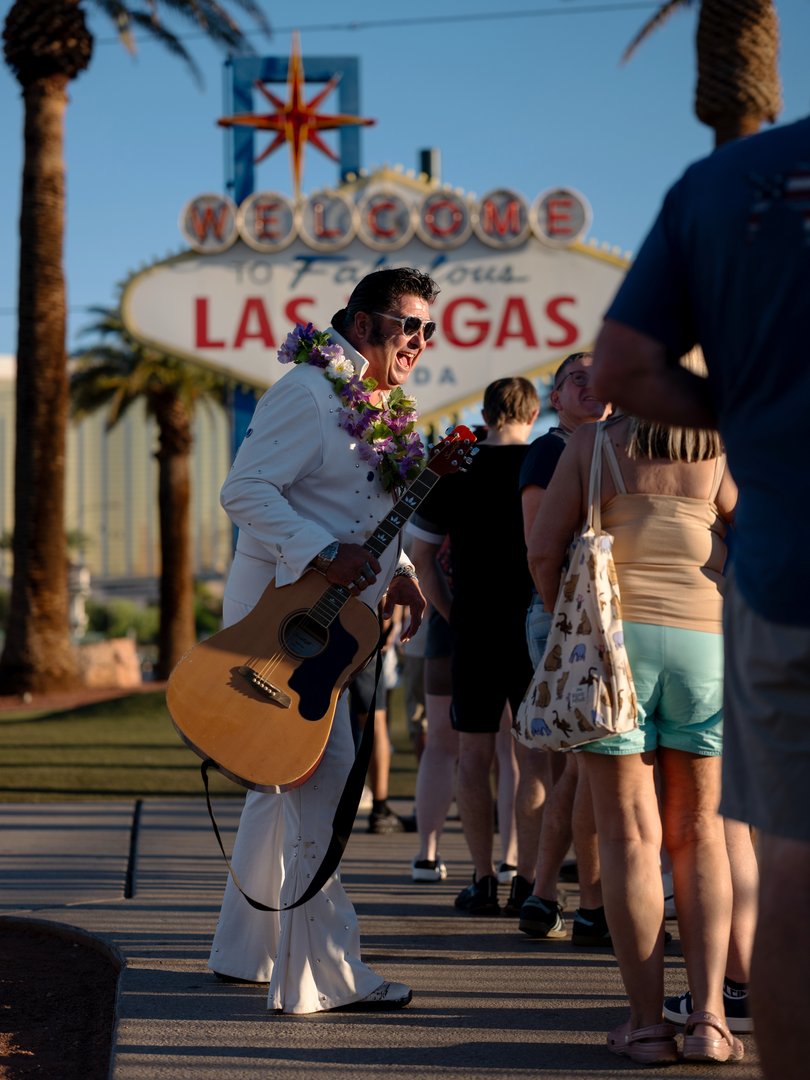
On the gambling front, Timothy Fong, the co-director of the Gambling Studies Program at UCLA, said that revenue has also been decreasing, going from a majority percentage of Las Vegas’ overall revenue in the 1990s to less than half today.
The legalisation of sports betting hasn’t helped, nor has the fact that now anyone can bet on their cellphones from wherever they live.
Despite Las Vegas’ economic challenges, some longtime visitors remain unfazed.
Mary Reyes, 65, and her husband recently toured the Neon Museum, pointing out signs they remembered from decades past. Since 1994, the San Antonio couple has visited Las Vegas twice a year. Even as old signs came down and new signs replaced them, the city always called to them, Reyes said.
“To us it’s the same. We read about it, but we haven’t seen a difference,” she said. “It’s home away from home.”
This article originally appeared in The New York Times.
© 2025 The New York Times Company
Originally published on The New York Times
